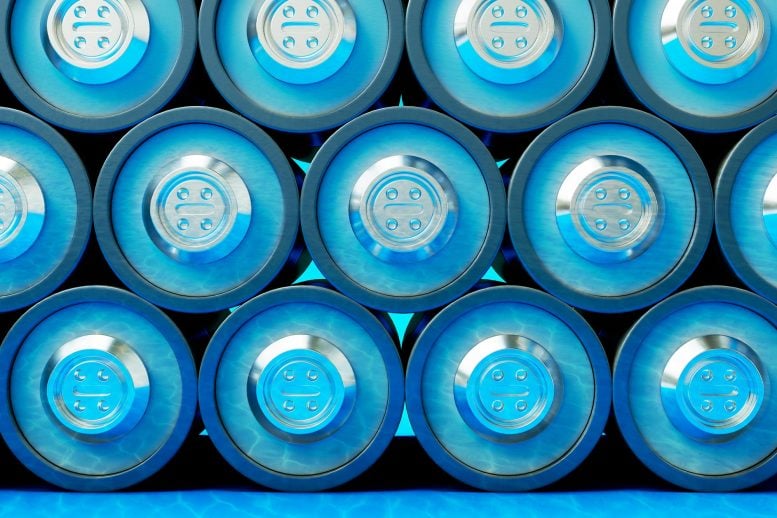
The newly developed LiDFOB electrolyte for lithium-ion batteries presents a cost-effective, highly conductive, and stable alternative to traditional lithium salts, enhancing battery performance and sustainability while simplifying production and recycling processes.
Scientists have developed an ultralow-concentration electrolyte for lithium-ion batteries.
Lithium salts enhance the power of batteries but also increase their cost. A new electrolyte with a very low concentration of the lithium salt LiDFOB could offer a cheaper and more sustainable option.
Cells using these electrolytes and conventional electrodes have been demonstrated to have high performance, as reported by a research team to the journal Angewandte Chemie. In addition, the electrolyte could facilitate both production and recycling of the batteries.
Challenges with Traditional Electrolytes
Lithium-ion batteries (LIBs) provide power to smartphones and tablets, drive electric vehicles, and store electricity at power plants. The main components of most LIBs are lithium cobalt oxide (LCO) cathodes, graphite anodes, and liquid electrolytes that deliver mobile ions for the decoupled cathode and anode reactions.
These electrolytes determine the properties of the interphase layer that forms on the electrodes and thus affect features such as battery cycling performance. However, commercial electrolytes are still mostly based on a system formulated over 30 years ago: 1.0 to 1.2 mol/L lithium hexafluorophosphate (LiPF6) in carboxylic SciTechDaily